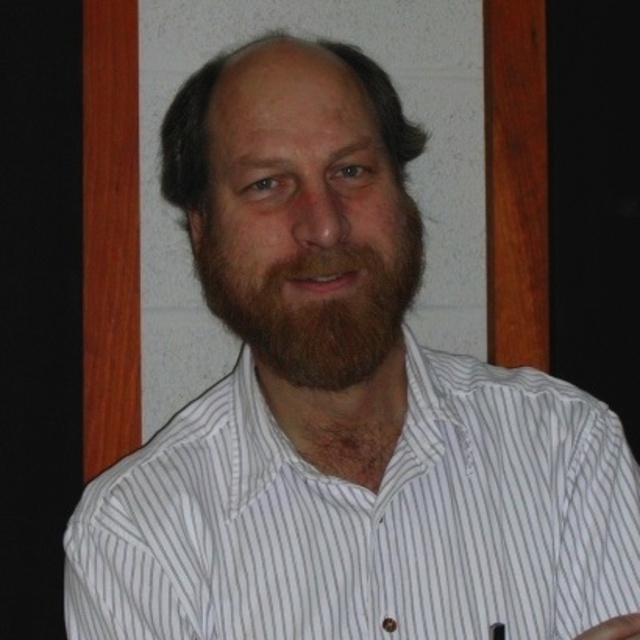
Hubble Space Telescope Observations of the Double Nucleus of NGC 4486B
November 1996 • 1996ApJ...471L..79L
Abstract • Hubble Space Telescope WFPC2 images show that the low-luminosity elliptical galaxy companion to M87, NGC 4486B, has a double nucleus that resembles the one discovered in M31. The NGC 4486B nucleus comprises two peaks separated by ~0."15 or 12 pc. Neither peak is coincident with the galaxy photocenter, which falls between them. The nuclear morphology is independent of color; thus, the double structure is not likely to arise from dust absorption. It is also unlikely that the peaks are a binary stellar system (such as an ongoing merger of the nucleus of a less luminous system with the nucleus of NGC 4486B), since the decay timescale is short (<108 yr) and the present environment of NGC 4486B should inhibit mergers. We suggest that the nuclear morphology of NGC 4486B may be explained by the eccentric-disk model of Tremaine, which was originally advanced to account for the central structure of M31. This model requires that NGC 4486B contains a central massive dark object, which is suggested by the spectroscopic observations of Kormendy et al. The eccentric disk might be related to the symmetric disk seen at larger radii.
Links
- SIMBAD https://simbad.u-strasbg.fr/simbad/sim-ref?querymethod=bib&simbo=on&submit=submit+bibcode&bibcode=1996ApJ...471L..79L
- NED https://ned.ipac.caltech.edu/uri/NED::InRefcode/1996ApJ...471L..79L
- DATA https://archive.stsci.edu/mastbibref.php?bibcode=1996ApJ...471L..79L
- DATA https://hst.esac.esa.int/ehst/#/pages/search;bibcode=1996ApJ...471L..79L
- GIF http://articles.adsabs.harvard.edu/full/1996ApJ...471L..79L
- ARTICLE http://articles.adsabs.harvard.edu/full/1996ApJ...471L..79L?defaultprint=YES



